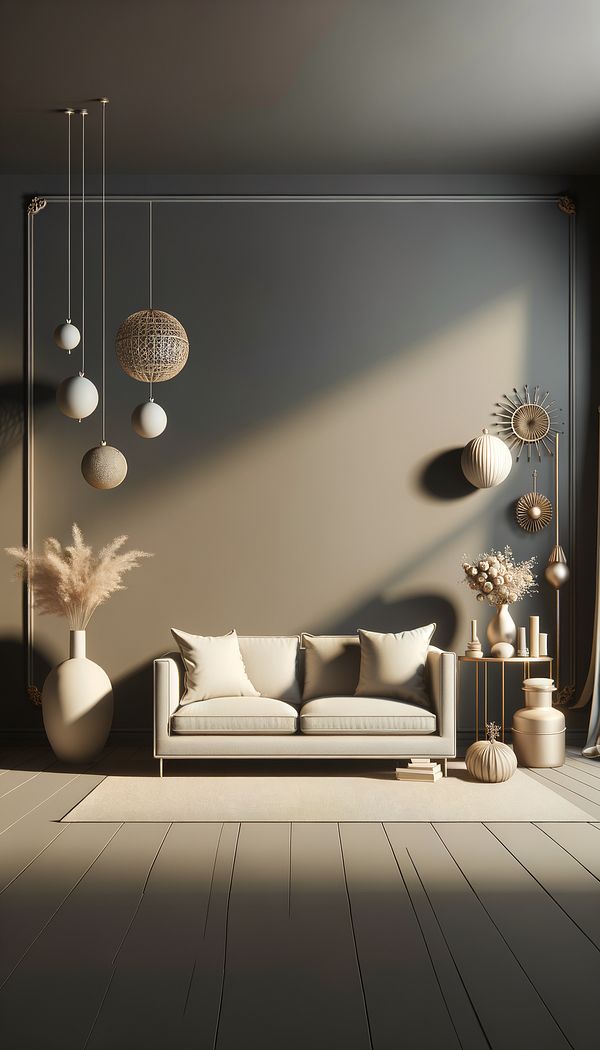What is Solid Colors?
Solid colors refer to any color that lacks patterns, gradients, or any variegation.
Description
In the realm of interior design, solid colors play a vital role in creating ambiances, evoking emotions, and serving as a foundation for the overall design aesthetic. A solid color, as the name suggests, is uniform in tone and lacks any form of pattern, gradient, shading, or variation. This simplicity allows for a straightforward, yet powerful, approach to design, providing a clean and cohesive look.
Solid colors can be utilized in various aspects of a room, including walls, furniture, decorative objects, and textiles and upholstery. They are particularly useful for establishing a color scheme or highlighting specific elements within a space. Furthermore, using solid colors can be an effective way to draw attention to texture and form, as the lack of patterns allows these characteristics to stand out more prominently.
Apart from their visual appeal, solid colors also offer practical benefits. They tend to be easier to match and coordinate with other elements within a room than patterns or textured materials, making them a favored choice for those seeking a harmonious design. Additionally, solid colors can serve as a backdrop for art pieces, allowing the artwork to become the focal point of the room.
Usage
When decorating a living room, a designer might choose a solid blue sofa as the centerpiece. The uniformity of the color enables the texture of the sofa's fabric to become a point of interest, while also allowing for easy pairing with patterned throw pillows or a multicolored rug. Similarly, a solid-colored wall can serve as an ideal backdrop for a collection of photographs or paintings, ensuring that the artwork remains the center of attention.
FAQs
-
Are solid colors only used in minimalistic designs?
No, solid colors can be used in a variety of design styles, from minimalistic to eclectic. Their versatility makes them suitable for almost any aesthetic.
-
Can solid colors be used alongside patterns?
Yes, solid colors complement patterns by providing a visual 'break' or contrast, enhancing the overall design.
-
Do solid colors affect the perception of space?
Absolutely! Light-colored solid walls can make a room appear larger and more open, while dark-colored solids can create a more intimate and cozy vibe.
Practical Application
When incorporating solid colors into your design, consider using them to create a balanced visual composition. Pair bold or dark solid colors with lighter hues or neutral shades to prevent the space from feeling overwhelming. Also, consider the emotional effect of colors; for example, blues and greens tend to evoke calmness and tranquility, making them ideal for bedrooms or bathrooms. Lastly, don't be afraid to use solid colors as an opportunity to highlight architectural features or statement pieces within a space.
-
Decorative Objects240 articles
-
Decorating Principles & Elements330 articles
-
Color & Patterns154 articles
-
Textiles & Upholstery252 articles
-
Asian StyleAsian Style refers to the interior design practice that incorporates elements inspired by the countries and cultures of Asia.
-
Art GlassArt glass is a decorative material primarily used for its aesthetic appeal.
-
Boudoir PillowA small, decorative pillow often used for interior decoration.
-
ChannelingChanneling is a distinctive decorative technique used in upholstery and furniture design.
-
Club SofaA club sofa is a plush, upholstered sofa with a low back and deep seats, characterized by its comfortable and inviting design.
